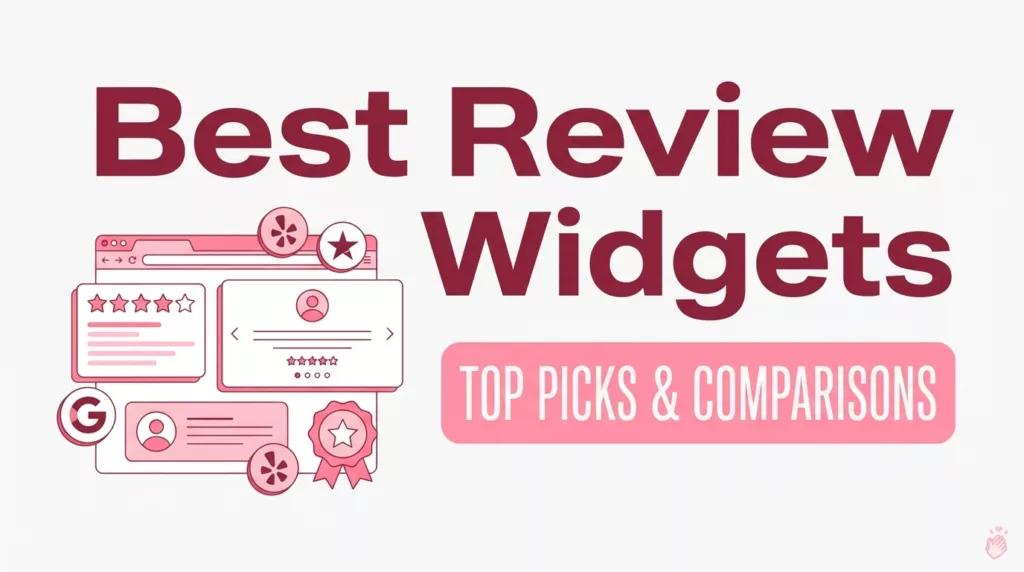
The digital marketing landscape is filled with strategies to capture attention, build trust, and drive conversions. Two of the most popular methods are customer testimonials and influencer marketing. While both leverage the power of social proof, they differ significantly in execution, impact, and authenticity.
In this article, we’ll explore these strategies in depth to help you decide which is more effective for your e-commerce business. By the end, you’ll understand why customer testimonials—especially when collected and showcased using tools like Shapo—often provide unparalleled authenticity that resonates deeply with today’s consumers.
What Is Social Proof and Why Does It Matter?
Social proof is a psychological concept where people look to others’ actions and opinions to guide their own behavior. In e-commerce, this translates to consumers trusting peer recommendations, reviews, and endorsements before making a purchase.
Key Reasons Social Proof Matters:
Builds Trust: Over 90% of consumers say they trust recommendations from other people over brand messaging.
Reduces Purchase Anxiety: Seeing others’ positive experiences reassures potential buyers.
Drives Conversions: Social proof can increase purchase likelihood by up to 37%.
Customer Testimonials: The Authentic Trust Builders
Customer testimonials are statements from satisfied customers about their experience with your product or service. They can be presented in various forms, including text reviews, video testimonials, or images.

Why Customer Testimonials Work:
- Authenticity: Testimonials come directly from real customers, making them relatable and trustworthy.
- Emotional Connection: They often address specific pain points and solutions, creating an emotional resonance with your audience.
- Persuasive Power: Reading or hearing another customer’s story can tip the scales for hesitant buyers.
Types of Customer Testimonials
- Text Testimonials: Simple but effective quotes that highlight customer satisfaction.
- Video Testimonials: Engaging and emotionally impactful, video testimonials are one of the most persuasive forms of social proof.
- Image-Based Testimonials: Photos paired with written feedback to make the testimonial more relatable.
Best Practices for Using Customer Testimonials
Here’s how to make customer testimonials a central part of your strategy:
- Collect Testimonials Seamlessly
Use tools like Shapo to create branded testimonial collection forms that customers can complete in seconds. Shapo’s features make it easy to gather text, video, and image-based feedback. - Display Testimonials Effectively
- Use Shapo’s customizable widgets to showcase testimonials on product pages, homepages, and email campaigns.
- Create a Wall of Love—a dedicated page that highlights all your best testimonials in one place.
- Moderate and Curate
- Filter testimonials by star ratings or tags to ensure only the most relevant and positive reviews are displayed.
- Shapo’s moderation tools allow you to choose which testimonials to highlight, giving you full control.
Influencer Marketing: The Trust Gap
Influencer marketing involves partnering with individuals who have a large following on social media to promote your products. These influencers leverage their platform to share endorsements, often in exchange for payment or free products.

The Pros of Influencer Marketing
- Large Reach: Influencers can expose your brand to thousands or even millions of potential customers.
- Aspirational Appeal: Influencers often position products as must-haves for their followers.
- Quick Results: Campaigns can generate significant traffic and awareness in a short time.
The Cons of Influencer Marketing
- Authenticity Issues: Many consumers are skeptical of paid promotions, leading to a lack of trust.
- High Costs: Partnering with well-known influencers can be expensive.
- Short Shelf Life: Influencer campaigns typically have a limited impact once the post or story is no longer visible.
When to Use Influencer Marketing
Influencer marketing works best when:
You’re targeting a younger, social media-savvy audience.
Your product is aspirational or fits within a specific lifestyle niche.
You have the budget to collaborate with credible influencers.
Head-to-Head Comparison: Testimonials vs. Influencer Marketing
| Criteria | Customer Testimonials | Influencer Marketing |
|---|---|---|
| Authenticity | High: Testimonials come directly from real customers. | Medium: Trust depends on the influencer’s credibility. |
| Cost-Effectiveness | Affordable: Tools like Shapo simplify the process. | Expensive: Influencers often require significant compensation. |
| Longevity | Long-lasting: Testimonials remain valuable over time. | Short-term: Campaigns are time-sensitive. |
| Conversion Impact | High: Authentic testimonials resonate deeply. | Medium: Effective for awareness but less so for trust-building. |
Why Customer Testimonials Have the Edge
While both strategies have their place, customer testimonials often deliver better ROI due to their authenticity, affordability, and long-term value. Tools like Shapo amplify these advantages by making it easy to collect, manage, and showcase testimonials.
How to Combine Both for Maximum Impact
You don’t have to choose one over the other. By combining customer testimonials with influencer marketing, you can create a powerful strategy that builds trust and expands your reach.
Tips for Integration:
- Leverage Testimonials in Influencer Campaigns
- Provide influencers with real customer stories to share alongside their endorsements.
- Highlight testimonials in influencer content to increase authenticity.
- Promote Influencer Content with Testimonials
- Use testimonials in ads or social media posts featuring influencer campaigns.
- Display both customer reviews and influencer shoutouts on your website.
- Choose the Right Tools
- With Shapo, you can manage testimonials while integrating them into your broader marketing strategy.
Actionable Steps with Shapo For E-Commerce Business Owners
Set Up Testimonial Forms – Use Shapo to create a form tailored to your brand. Invite customers to share their feedback in text, video, or image format.
Display Testimonials on Your Website – Embed Shapo widgets on high-conversion pages like product pages, checkout pages, or your homepage.
Promote Testimonials in Marketing – Add customer testimonials to your email campaigns, ads, and social media posts to build trust and credibility.
Actionable Steps with Shapo For Digital Marketing Managers
Organize Testimonials with Tags – Use Shapo’s tagging system to categorize testimonials by product, sentiment, or customer type for easy reference.
Share a Wall of Love – Create a Wall of Love with Shapo and share it with your team or customers to highlight your brand’s trustworthiness.
Analyze Impact – Measure the effectiveness of testimonials displayed through Shapo review widgets using analytics tools to optimize your strategy.
Conclusion
In the battle of customer testimonials vs. influencer marketing, testimonials often come out on top for their authenticity, affordability, and long-term value. While influencer marketing can amplify your reach, it’s the real voices of your satisfied customers that truly resonate with today’s audiences.
With tools like Shapo, collecting and showcasing testimonials has never been easier. Start building trust and driving conversions today by turning your happy customers into your most powerful advocates.
Ready to start collecting customer testimonials that convert? Try Shapo for free and see how easy it is to build trust and grow your business!




